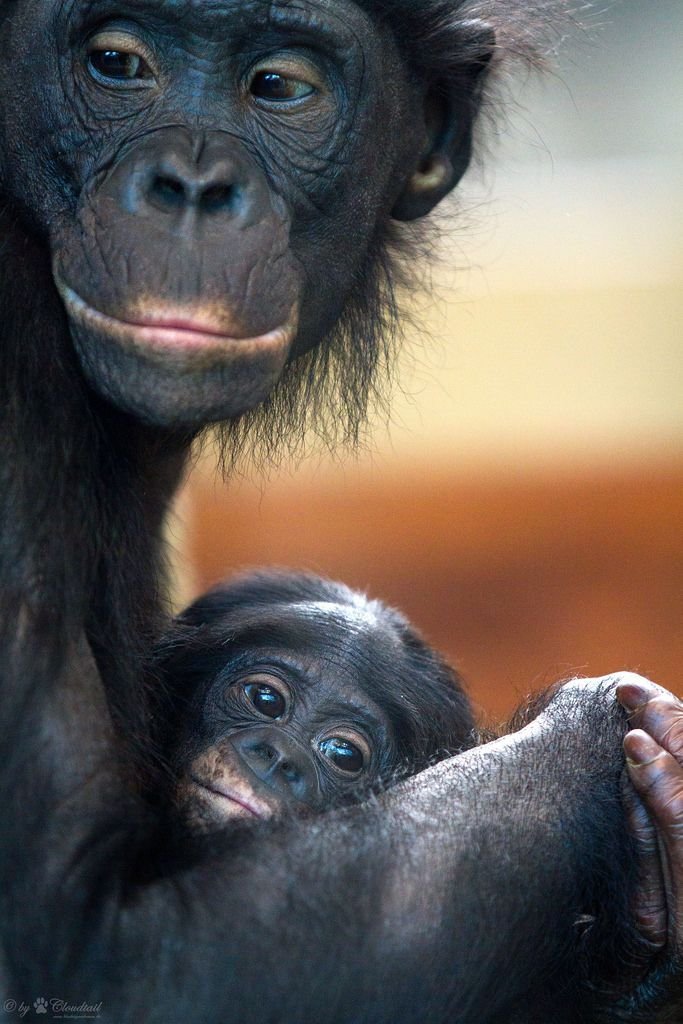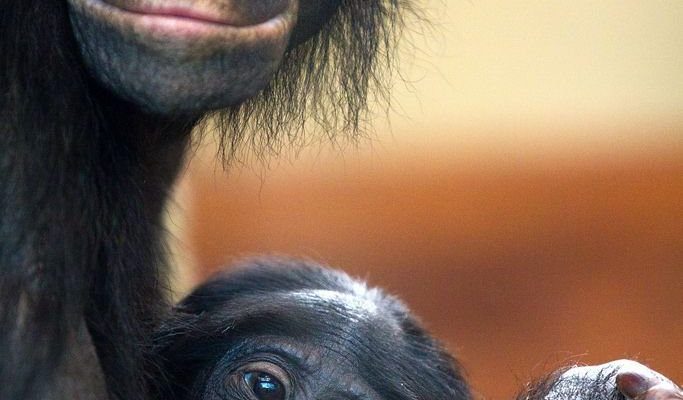
Bonobos are fascinating creatures, closely related to humans—in fact, we share about 98.7% of our DNA with them! They’re known for their social structures, which lean more towards cooperation than competition. So, if you ever find yourself in a situation where you’re face-to-face with a bonobo, knowing how to react can make all the difference. Let’s dive into what you should do!
Understanding Bonobos
Before we jump into the “what to do” part, it’s essential to understand bonobos. These primates are often mistaken for chimpanzees, but they have unique behaviors and social structures. Instead of dominance, bonobos thrive on empathy, sharing, and playful interactions. Their peaceful nature makes them one of the most fascinating primates to learn about.
You might be wondering what makes bonobos so special. Think of them as the diplomats of the forest. They often resolve conflicts through social bonding, which can look like grooming or even hugging each other. This gentle approach to life is part of why they’re endangered—that and habitat loss due to human activity. Understanding their nature can help you react appropriately if you encounter one.
Stay Calm and Assess the Situation
If you spot a bonobo in the wild, the first thing to remember is to stay calm. I know, it’s easier said than done, but panicking can lead to unpredictable outcomes. Bonobos are generally non-aggressive, but they can sense fear or anxiety, which might make them react defensively.
Take a moment to assess the situation. Is the bonobo alone? Is it part of a larger group? If it’s with other bonobos, it’s best to keep a respectful distance. They’re social animals and might be protective of their companions. Observe from a safe distance to appreciate their behavior without intruding on their space.
Respect Their Space
Just like you wouldn’t want someone to invade your personal bubble, bonobos have their own comfort zones. If you find yourself too close, it’s vital to back away slowly. Avoid sudden movements or loud noises that could startle them. Think of it like this: you want to be a friendly neighbor, not the nosy one always peeking over the fence.
Bonobos can show signs of distress if they feel threatened. They might screech, flee, or even display defensive behavior. Respecting their space not only keeps you safe, but it also helps preserve their natural behavior.
Observe and Appreciate
Now that you’re at a safe distance, it’s time to enjoy the moment! Bonobos are incredibly expressive and playful, making for a captivating show. You might see them swinging from tree branches, playing with each other, or engaging in grooming activities. Take a moment to appreciate their unique social behaviors and how they interact with their environment.
Consider this your opportunity to be a wildlife observer. Document what you see, whether through sketches, notes, or even photos (if you have a camera). Just remember to respect their habitat by keeping noise to a minimum and avoiding any disruptive actions.
Know When to Leave
There will come a time when it’s best to head out and give the bonobos their space back. If you notice them becoming agitated or if they start to move away from you, that’s your cue to leave. Bonobos are wild animals, and their comfort should always come first.
Leaving might feel a bit sad, especially after witnessing such a magical moment. But think of it this way: exiting quietly not only respects their space but also allows you to carry the memory of this encounter with you. It’s a reminder of the beauty of wildlife and the importance of conservation.
Spread Awareness About Bonobos
After your encounter, you’ll likely feel inspired to share what you’ve learned about bonobos. Talk to friends, family, or anyone who’ll listen! Spreading awareness about these incredible animals can help protect their habitat and raise interest in their conservation.
You might also consider supporting organizations that are dedicated to bonobo conservation. Whether it’s through donations or volunteering, every bit helps ensure that future generations get to experience the wonder of meeting a bonobo in the wild.
Final Thoughts on Bonobo Encounters
Encountering a bonobo in the wild is a unique experience that can leave a lasting impression. Remember to stay calm, respect their space, and appreciate the moment. These gentle primates offer us insight into our own behaviors and remind us of the importance of empathy and cooperation.
In the end, it’s all about connection—both to our wild counterparts and to the environment we share. So, next time you venture into the wild, carry these tips with you, and you’ll be ready to make the most of an unforgettable encounter. Happy exploring!

